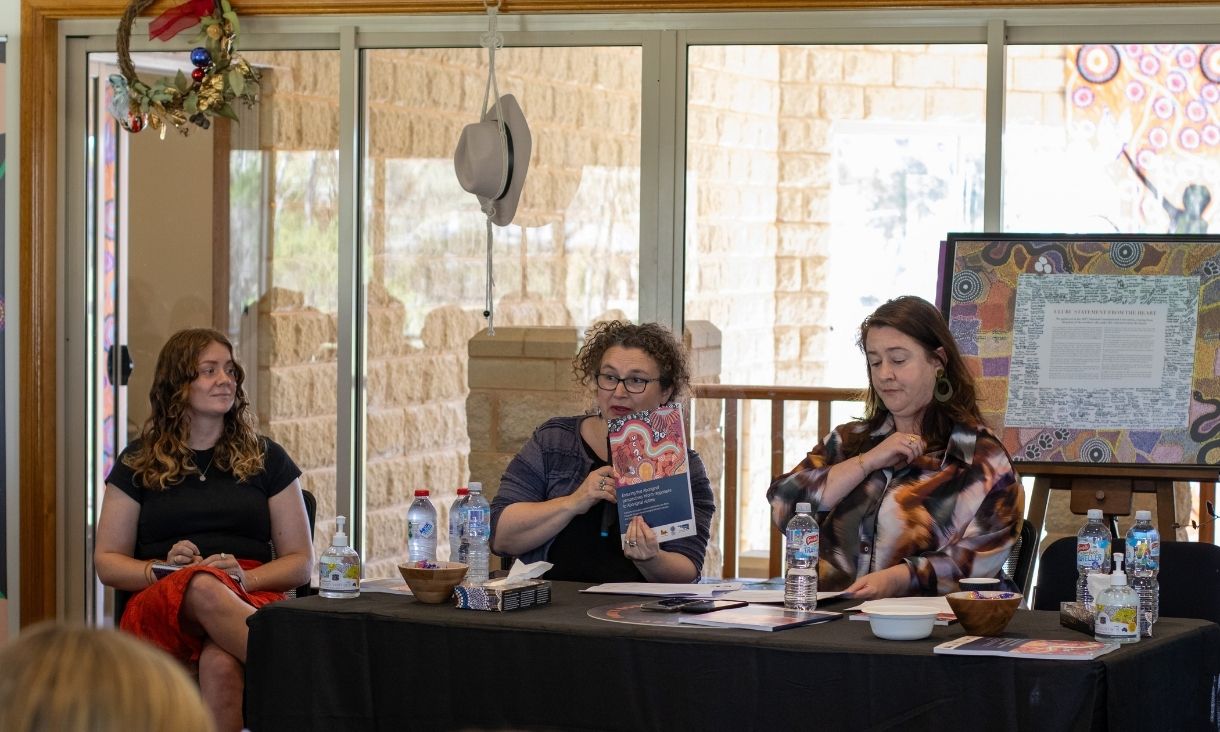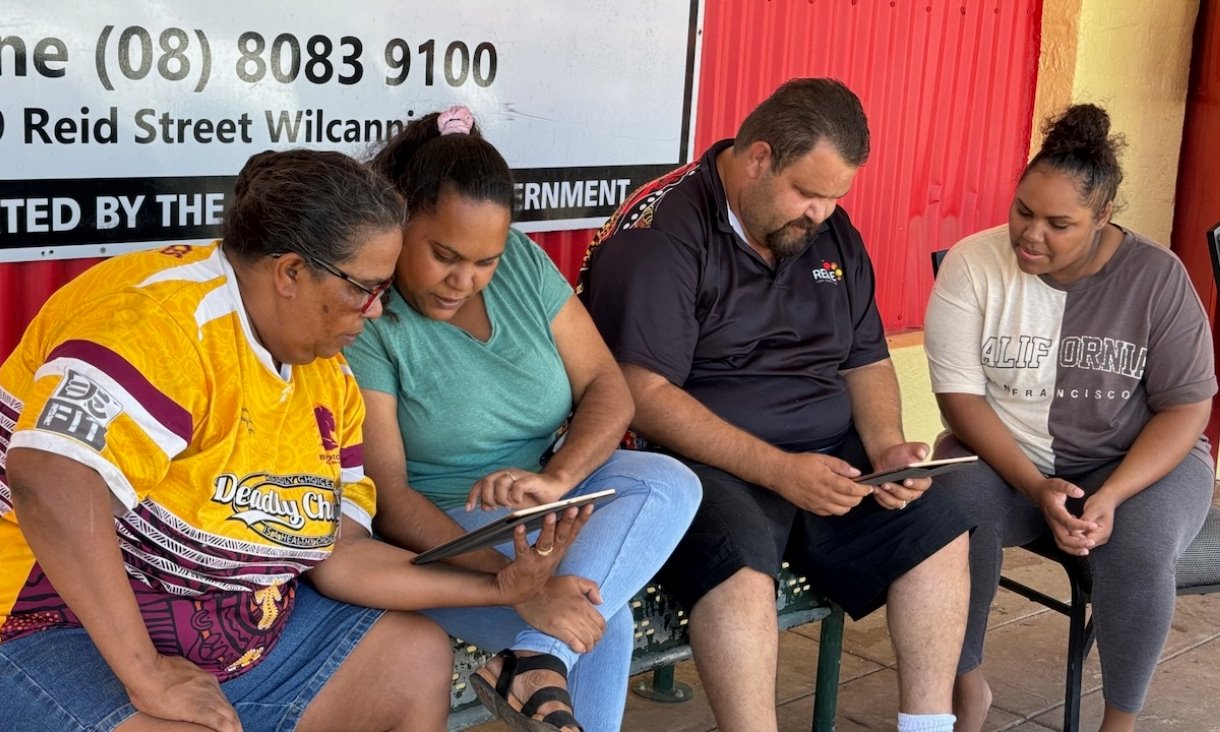Coffee concrete shortlisted for national research impact award
Universities Australia has shortlisted RMIT University’s coffee concrete innovators for the Shaping Australia Awards in the Problem Solver category.
G Flip leads the celebrations as RMIT congratulates class of 2024
An electric performance by singer-songwriter G Flip and an honorary degree awarded to the Honourable Margaret Gardner AC were just two highlights from RMIT’s graduation ceremony at Marvel Stadium.
Voices of Aboriginal victims of crime inform calls for improved support
A report has found that widespread structural change to service systems and legal processes is urgently required to ensure that Aboriginal and Torres Strait Islander people who experience crime are receiving appropriate and effective support.
Funding of $6 million to support RMIT research to measure First Nations digital inclusion
The announcement is part of the Australian Government’s plan to invest $68 million to narrow the digital gap by supporting more First Nations communities to access the internet.








